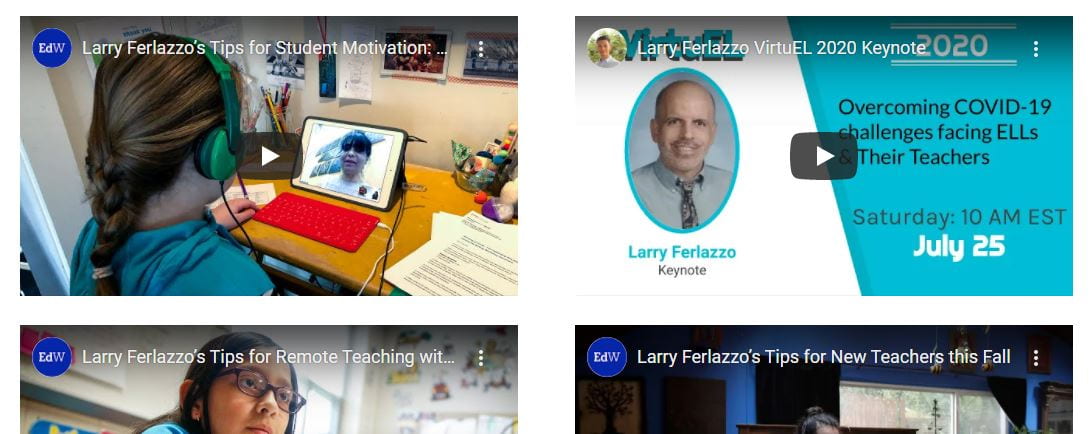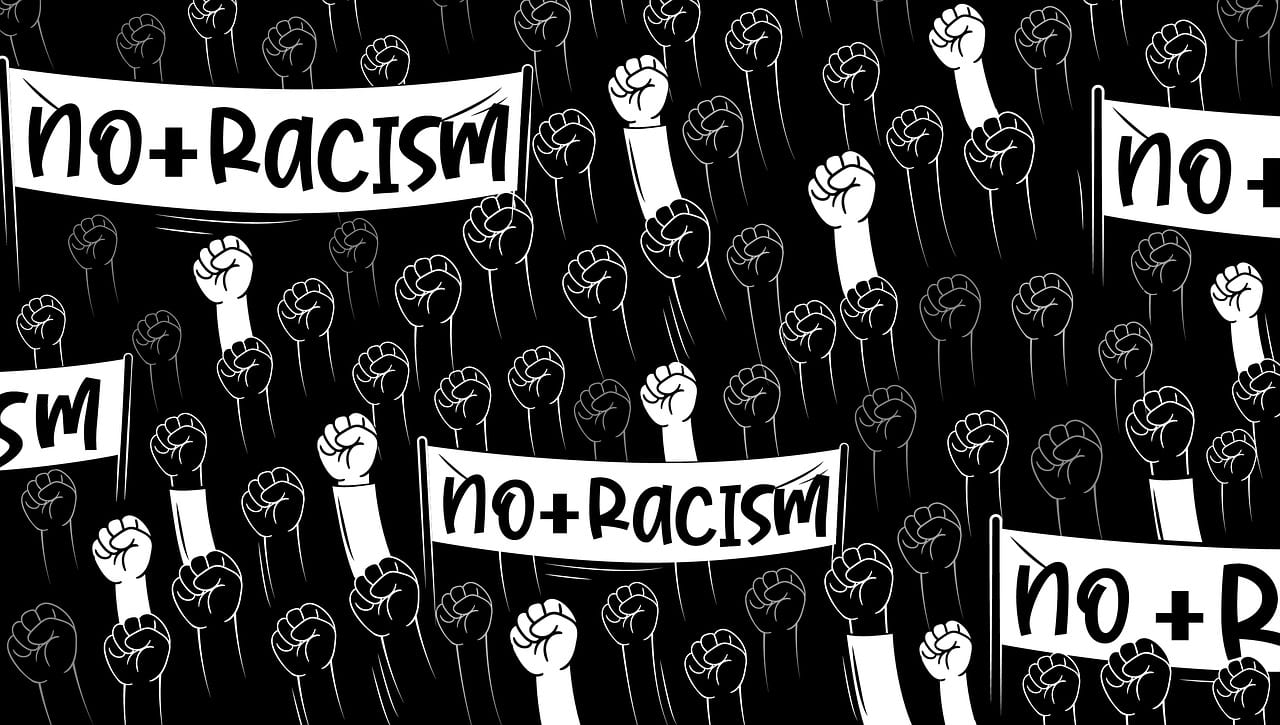Isela Guadalupe Bonilla pored over cryptic instructions and what felt like an endless series of questions about her family’s income as she struggled to fill out the notorious federal form that students are required to complete to unlock college financial aid.
Several of her classmates just gave up. “It was always because of money,” said Bonilla, now a 20-year-old junior at Washington State University’s Vancouver campus.
Bonilla eventually puzzled through the lengthy FAFSA, or Free Application for Federal Student Aid, wrangling her reluctant parents to provide their incomes and other information.
“I took a lot of time and effort to teach myself and my family members,” she said. “A lot of people can’t and don’t do that.”
The FAFSA has long been a sticking point for students, with billions of dollars in federal aid going unclaimed because they simply give up on it, or don’t complete it correctly. An overhaul last year meant to simplify the process only made things worse, with delays and technical problems that led to even lower completion rates and contributed to a decline of 7 percentage points in the proportion of high school seniors going directly to college, according to the National College Attainment Network, or NCAN. This fall, the new form has been released in phases, to test how well it works, and the U.S. House
overwhelmingly passed an act requiring the FAFSA to be released by Oct. 1 every year, a measure that now heads to the Senate.
But some states, including Washington, are proposing to work around the FAFSA altogether and find ways to automatically award financial aid to families that need it.
To try to reverse enrollment declines, Washington in 2026 will start automatically guaranteeing effectively free tuition at all its public colleges and universities to students from low-income families that receive food benefits from the federal supplemental nutrition assistance program, or SNAP. Students will find out as early as 10th grade whether they qualify, which is meant to get families thinking about college earlier.
The state will still encourage students to apply for federal aid, but the new law will at least remove barriers for state scholarships, said Michael Meotti, executive director of the Washington Student Achievement Council, the state agency that will manage the program. Many of these students already qualify for state aid, Meotti said, but don’t find out until later in the college application path, if they apply at all.
Related: Interested in innovations in higher education? Subscribe to our free biweekly higher education newsletter.
“We don’t know how many students we lost because of excessively complex processes they had to go through,” he said. “We wanted to tell students, ‘We still want you to fill out FAFSA, but we promise you won’t be getting a bill for tuition.’ ”
The law would have relieved a lot of stress when she was in high school, said Bonilla.
“If I had gotten a letter saying, ‘You’re qualified to go to college for free because you’re getting SNAP benefits,’ that would have made my college process a lot easier,” she said.
The problems with the FAFSA have serious implications for college attendance: High school seniors who complete the form are 84 percent more likely to enroll in college immediately than those who don’t, while the figure increases to 127 percent among the lowest-income students, NCAN says.
A few other states have also sought new ways to guarantee low-income students that they will be able to afford college, though some of those efforts were short-lived and the fates of others are uncertain.
As students were bombarded by problems completing the FAFSA last spring, West Virginia stopped using it to determine eligibility for state financial aid and said applicants could instead submit proof that they qualified for SNAP or other benefit programs. But the West Virginia higher education office declined to say if it would repeat the offer this year.
In Michigan, an experiment awarded automatic scholarships to the University of Michigan to high-achieving in-state students whose families’ low incomes made them eligible for free and reduced-price lunch. The program more than doubled applications to the university among those students, according to research by Susan Dynarski, then a professor at the University of Michigan who ran the pilot program and is now a professor of education at Harvard.
Related: Going to college? Use our toolbox to help choose a school and plan the costs
The university, which ended the scholarship experiment last year, declined to answer questions about it. But Dynarski said it illustrated the benefits of easing financial worries for students.
“They don’t have to fill out a form,” she said, noting that the students already would have qualified for a full ride but may not have known it before the program alerted them. “You can give them an upfront guarantee. That’s what actually affects college choice.”
States’ and colleges’ long reliance on the FAFSA to determine financial aid has made it difficult to get rid of altogether, said Peter Granville, a fellow at The Century Foundation who studies college access and affordability.
“This year we’re seeing the consequences of putting so much dependency on the FAFSA,” he said. “If we had known years ago that the FAFSA would be delayed by several months, we probably would have built an alternative infrastructure beforehand. There was not a plan B ready to go.”
There is, however, at least one major challenge to using SNAP or other federal benefits to determine eligibility: Federal agencies are often reluctant or unable to share personal data about who qualifies, as the state of Washington has discovered.
“We are working through a little bit of reluctance: ‘This is our data, not your data,’ ” Meotti said. But several states have used SNAP to determine eligibility for other public benefit programs, he noted. “We know this isn’t forbidden.”
That reluctance goes in the other direction, too, said Carrie Welton, senior director of policy and advocacy at the nonprofit Institute for College Access and Success. Colleges are hesitant to pry into students’ involvement in social service programs.
Related: How four universities graduate their low-income students at much higher rates than average
“Not a lot of institutions are doing it, because student aid administrators are very protective of student data,” she said, “and higher education isn’t great at knowing much about public benefits eligibility.”
The state of Washington considered targeting Medicaid users before settling on using food benefits to determine eligibility for financial aid, Meotti said. But SNAP made sense as a starting point, he said, because of the significant overlap between families who use the benefits and students who qualify for state financial aid. The state now plans to broaden its college-is-affordable message to seventh graders who qualify for free or reduced-price lunch.
“We picked SNAP for a reason,” Meotti said. “SNAP has the deepest reach among low-income households in this state and probably every state in the nation.”
Sean Behl, who this year transferred to the University of Washington from another public college, said he waited more than six months to hear back about financial aid after filling out the FAFSA this year. It wouldn’t surprise him if some students gave up on college altogether because of problems with the application, he said.
“That period of inactivity can be just awful,” said Behl, who said that he would have qualified for the new Washington program. “If you have one really awful run-in with something, it can absolutely be a deterrent to doing it in the future. That’s just human nature.”
But some experts have cautioned states not to rely too heavily on alternative methods to determine student aid eligibility. Public benefits programs, such as SNAP, don’t include all low-income students, they say, and states shouldn’t give up on FAFSA because of this year’s technical problems.
Once those problems are ironed out, the FAFSA is expected to be easier to complete and give students a wider range of scholarship possibilities, said MorraLee Keller, senior director of strategic programming at the National College Attainment Network.
“I have to be optimistic that we’re going back to a process that works this year and back to a system that worked for 30-plus years,” she said. “I hate to put all my eggs back in that basket. But I have to put all my eggs back in that basket.”
Contact editor Jon Marcus at 212-678-7556 or jmarcus@hechingerreport.org.
This story about alternatives to FAFSA was produced by The Hechinger Report, a nonprofit, independent news organization focused on inequality and innovation in education. Sign up for our higher education newsletter. Listen to our higher education podcast.
The post States say, forget FAFSA. We got you appeared first on The Hechinger Report.
Isela Guadalupe Bonilla pored over cryptic instructions and what felt like an endless series of questions about her family’s income as she struggled to fill out the notorious federal form that students are required to complete to unlock college financial aid. Several of her classmates just gave up. “It was always because of money,” said
The post States say, forget FAFSA. We got you appeared first on The Hechinger Report. Higher Education, Solutions, Higher education access, Higher education affordability The Hechinger Report






